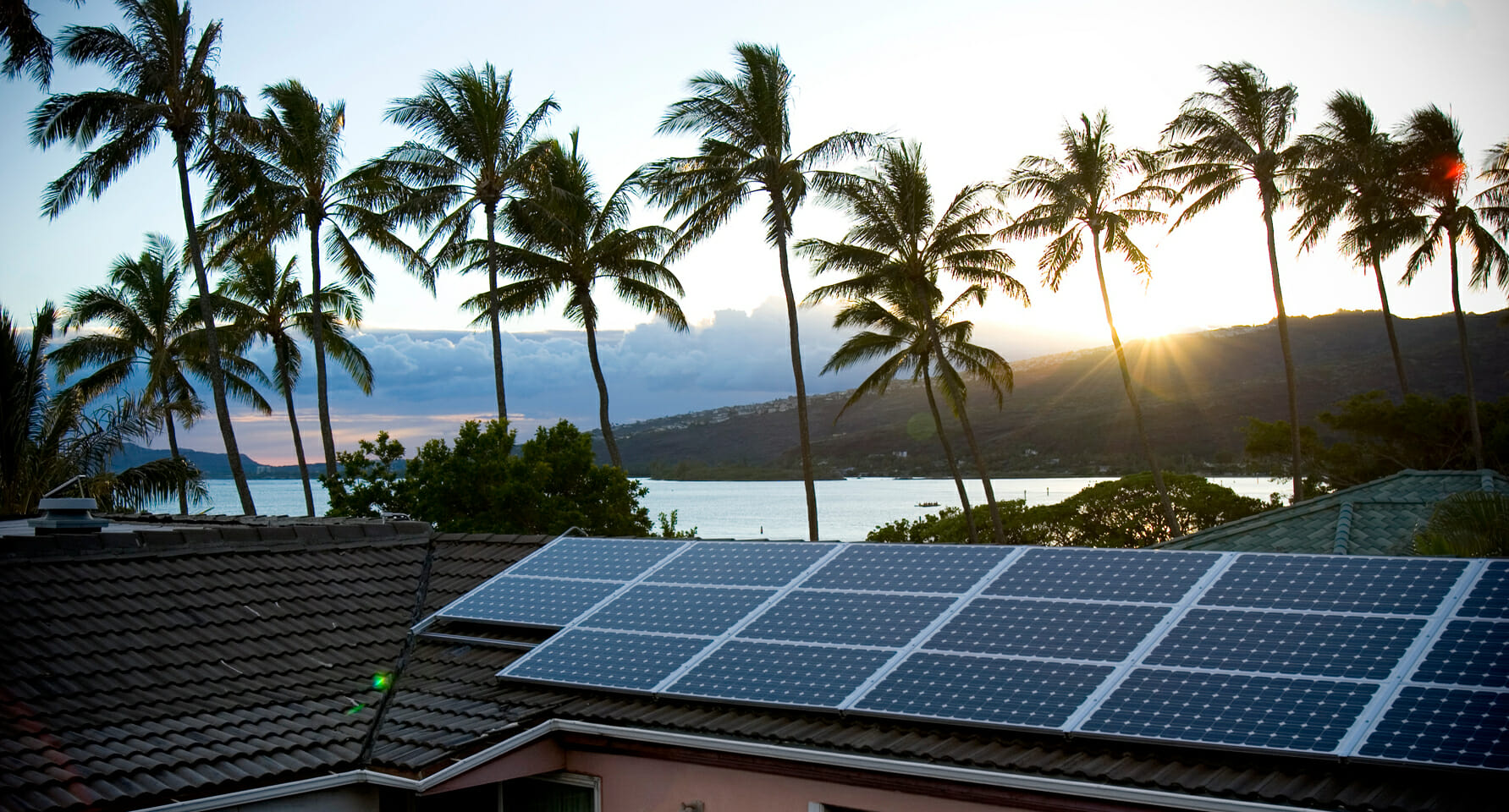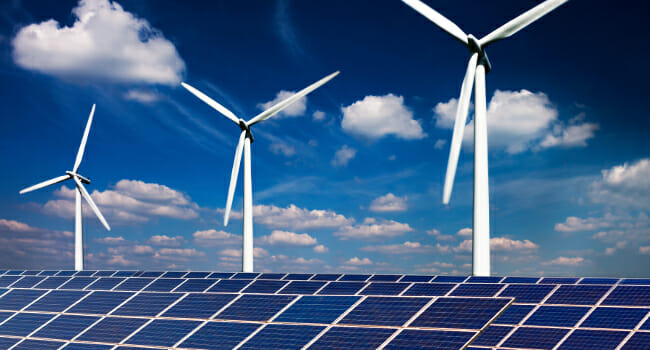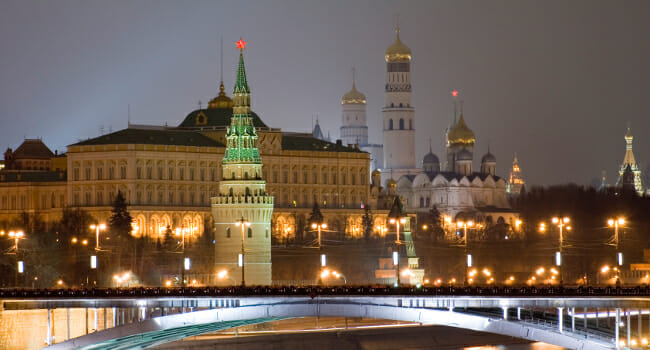While there is general consensus to use the levelized cost of energy (LCOE) for comparing different energy generation technologies, there is no such universally-adopted metric for the cost of energy storage. In this article, we will examine what parameters should be considered in the calculation of meaningful, comparable ESS costs.








